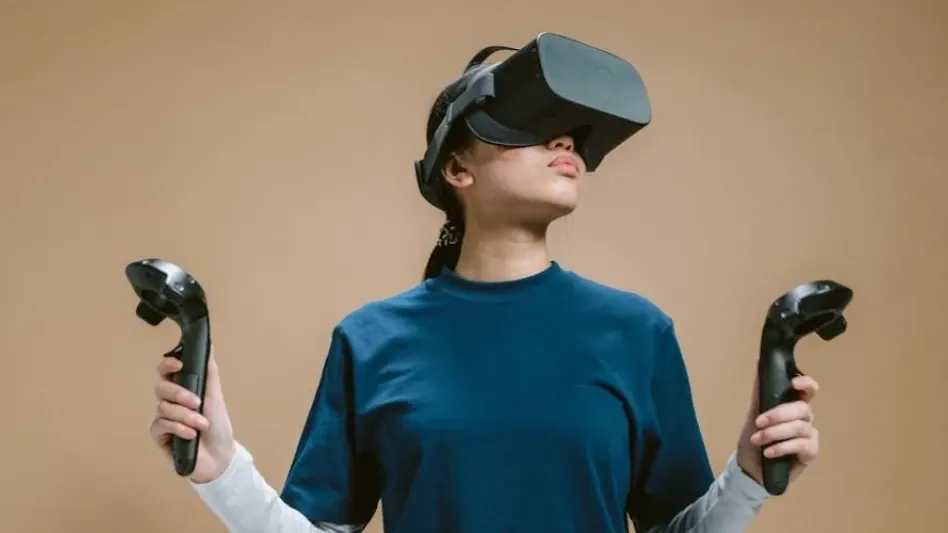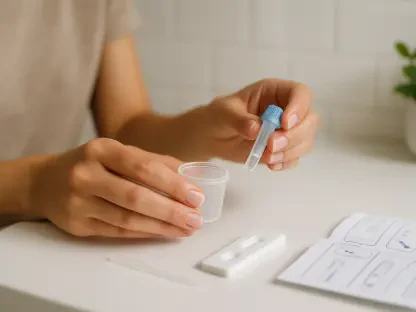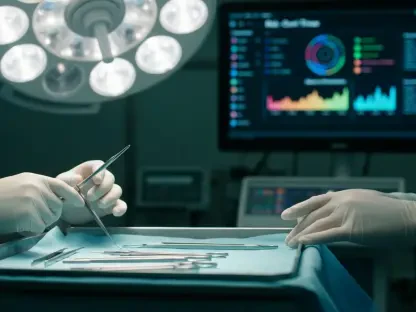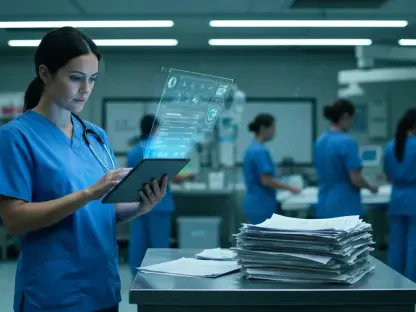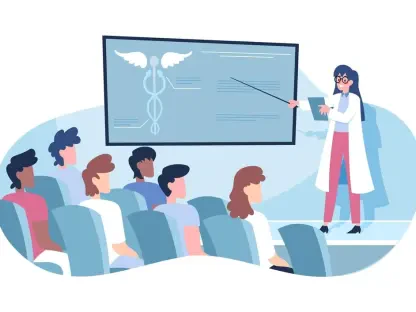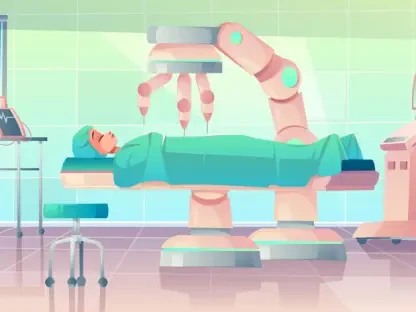Reducing medication errors through innovative education methods is a crucial endeavor in healthcare, especially in children’s care, and integrating virtual reality (VR) into nursing simulation training offers substantial promise in this area. This shift in teaching strategies aims to provide a safe, immersive, and interactive training environment where students can make decisions and reflect on their actions without facing real-world consequences.
Importance of Medication Safety Education
Medication safety education plays an indispensable role in nursing training, as it directly impacts the reduction of medication errors, which remain a significant challenge in healthcare. For children’s care in particular, these errors can have severe consequences, making it vital to enhance the preparedness and competence of nursing students through robust training programs.
Benefits of Simulation Training
Simulation training offers nursing students the chance to practice and make essential decisions in a controlled setting free from real-life risks. This form of training bridges the gap between theoretical knowledge and practical application, fostering a deeper comprehension of clinical practices. It allows students to gain hands-on experience in a risk-free environment, thereby enhancing their confidence and readiness for real-world scenarios.
VR in Nursing Education
Virtual reality provides an immersive, interactive learning experience that traditional methods cannot match. Studies have shown that VR education can significantly improve nursing students’ knowledge, clinical reasoning abilities, and overall performance. With the Nursing and Midwifery Council (NMC) now permitting more simulated practice hours, there is a growing exploration into novel teaching methodologies such as VR to enhance educational outcomes.
Development and Implementation
The VR-based project at Cardiff University, led by a team of nursing lecturers and a simulation technician, developed three clinical scenarios focused on children’s nursing. Utilizing 360-degree video technology, these scenarios offer a realistic, first-person perspective, covering incidences such as medication errors, managing a child’s refusal to take medication, and identifying prescription mistakes. This innovative approach aims to mirror genuine clinical experiences closely.
Challenges and Solutions
Initial challenges in the project included the lack of high-quality equipment and software funding, leading to some students experiencing motion sickness due to lower resolution and camera movement. These issues have since been addressed with recent funding for better equipment. The new scenarios will be re-filmed, ensuring higher resolution and an improved overall experience for the students, thus mitigating prior concerns related to motion sickness.
Student Feedback and Outcomes
Feedback from 34 student nurses who participated in the VR sessions indicated high levels of satisfaction. Most students agreed that the VR sessions enhanced their understanding of medicine management, provided relevant practice scenarios, and offered a beneficial immersive experience. However, some students did report motion sickness and requested better resolution. The ability to pause and rewind scenarios was particularly appreciated, and post-scenario discussions were deemed valuable for deepening understanding and facilitating reflection.
Inclusivity Considerations
To ensure inclusivity, the project provided alternative viewing options for students unable to tolerate VR headsets. Additionally, extensions for VR straps were provided to accommodate students wearing headwear. These measures aimed to ensure that all students could participate effectively and benefit from the VR training sessions.
Main Findings
The study concluded that VR-based simulation training is an effective method for improving nursing students’ understanding of medicine management. The immersive experience offered by VR can significantly enhance the learning process by making scenarios feel more realistic. Post-scenario discussions are essential for helping students reflect on and apply their learning. Investing in better-quality equipment and filming techniques is critical to optimizing the VR experience. Inclusion considerations are also necessary to ensure all students can participate effectively.
Conclusion
Reducing medication errors through innovative education methods is essential in healthcare, particularly in pediatric care. The incorporation of virtual reality (VR) into nursing simulation training holds significant promise in this realm. This new approach to teaching aims to create a safe, immersive, and interactive training environment for nursing students where they can make decisions and evaluate their actions without facing real-world repercussions. By providing a simulated environment, VR helps students practice critical thinking and decision-making skills under realistic but controlled conditions. This method not only enhances their ability to handle complex scenarios but also reduces the likelihood of medication errors once they begin working in actual healthcare settings. Utilizing VR technology in nursing education can deeply enhance learning outcomes and patient safety. Overall, integrating VR into training programs represents a forward-thinking strategy that aims to significantly improve the quality of care provided to children and potentially reduce the frequency of preventable medication errors.
